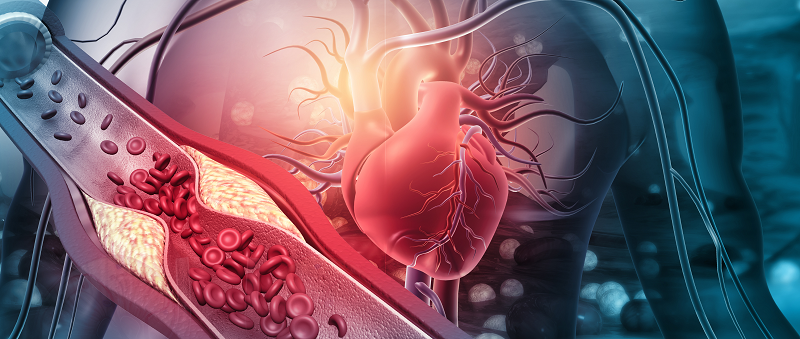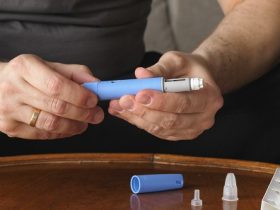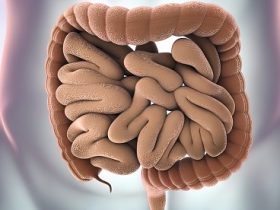Heart disease remains the leading cause of death in the United States. According to statistics, 1 in 14 men and 1 in 20 women suffer from coronary heart disease. On the other hand, it is predicted that 720,000 Americans will have new coronary events (no prior history) and 335,000 will have recurrent events. These figures emphasize the urgent need to combat this deadly condition, also known as Atherosclerotic Cardiovascular Disease (ASCVD).
Eliot A. Brinton, MD, FAHA, FNLA, President, Utah Lipid Center, Salt Lake City, UT, and Gregory S. Pokrywka, MD, FACP, FNLA, FASCP, NCMP, Director, Baltimore Lipid Center, Baltimore, MD, Assistant Professor, Johns Hopkins University School of Medicine, Baltimore, MD, shared their thoughts on the latest developments in combating ASCVD for risk reduction at the recent Pri-Med East Conference in Boston.
TG, TG-rich Lipoproteins, and Association with ASCVD
Dr. Brinton spoke on the causal association between triglyceride (TG) and TG-rich lipoproteins with ASCVD. TG-rich lipoproteins (TGRLs) and their remnants are atherogenic. The speaker highlighted studies that have shown that despite the aggressive lowering of low-density lipoprotein cholesterol (LDLC) with various statins, ASCVD risk remains. Even at LDL-C <20 with statin and PCSK9i treatment, ASCVD risk remained substantial.
Despite LDL-C <70 mg/dL on a high-dose statin, patients with TG ≥150 have a 41% higher risk of coronary events, suggesting that residual hypertriglyceridemia (HTG) predicted residual ASCVD risk despite LDL-C at goal. Moreover, even with just “normal” to “upper normal” range TG levels, CVD risk increases substantially, as found in a study involving 8068 patients in the US aged between 40 to 65 years. These studies indicate that mild to moderate HTG is prevalent in the US.
Clinical Perspective On Reducing CV Events in the Patient with High TG
Treatment with eicosapentaenoic acid (EPA) 4 g/day (added to statins) reduced ASCVD events significantly but was not associated with TG-lowering. However, adding fibrates to statins or EPA and DHA (docosahexaenoic acid) together does not reduce this TG-related excess ASCVD risk. This may likely be due to the adverse effects of high-dose DHA on atherosclerosis and ASCVD.
Clinical Update: Using the Newly Recommended Statin Adjunct IPE (pure EPA) for CV Event Reduction
Icosapent ethyl (pure EPA) is currently included in the guidelines of 26 medical associations worldwide for CVD treatment. After controlling LDL-C, clinicians must look for a TG > 135 and consider adding icosapent ethyl to the treatment plan. However, certain risks associated with IPE treatment, such as atrial fibrillation, allergic reactions, and bleeding, should be considered.
Key takeaway points from the session include:
- HTG is strongly associated with increased ASCVD risk despite controlling LDL-C with statins (and PCSK9i).
- Pure EPA reduced ASCVD events significantly (but paradoxically did not reduce TG.
- In adult patients with TG levels ≥150 mg/dL and established CVD, type 2 diabetes or other risk factors, icosapent ethyl is indicated as an adjunct to maximally tolerated statin therapy to reduce ASCVD risk.







